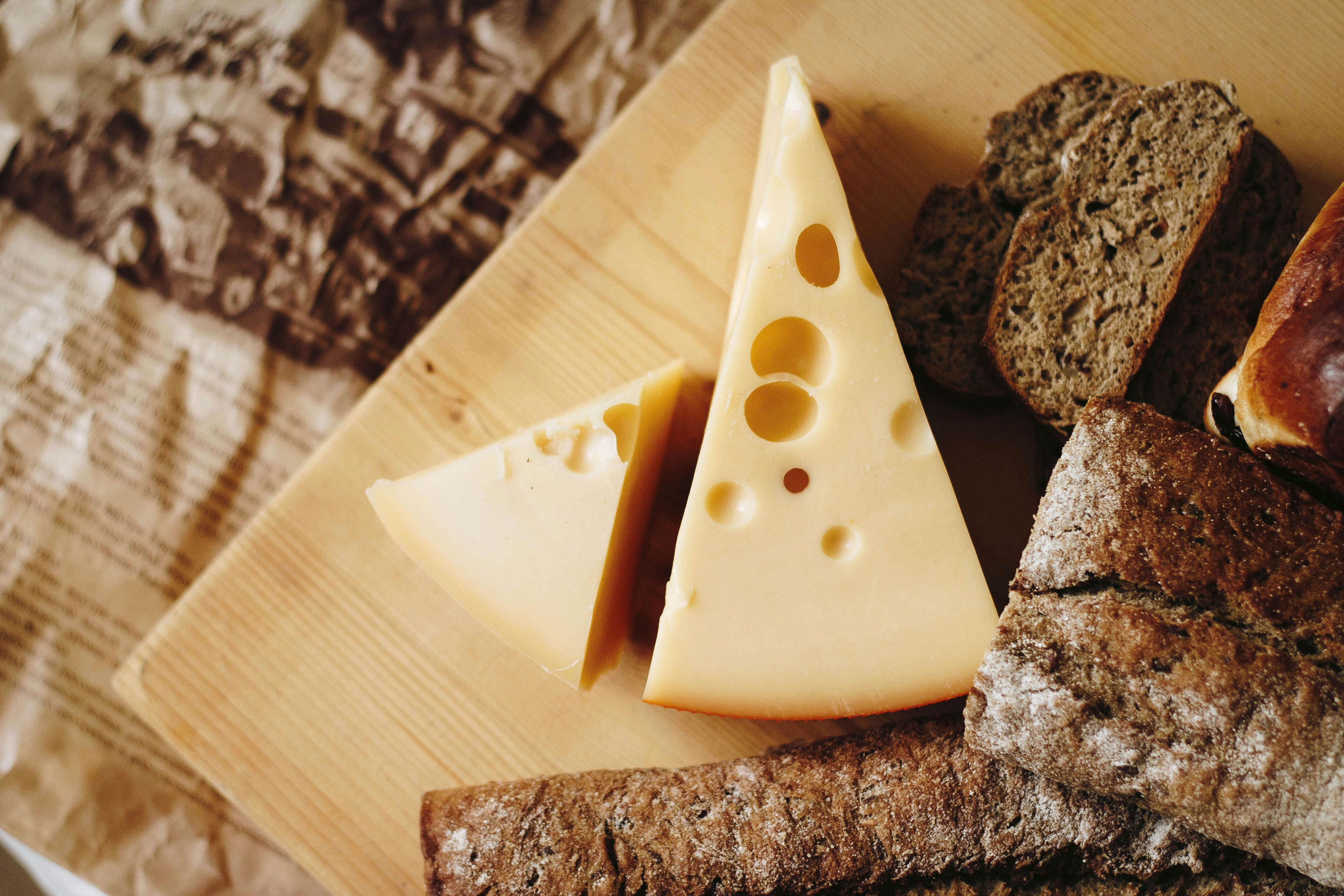Unveiling the Secrets of Artisanal Cheese Making
Artisanal cheese, a delightful addition to any table, is a product of patience, knowledge, and tradition. It's a culinary delight that has centuries of history and craftsmanship behind it. The process of making artisanal cheese is as fascinating as its flavors are diverse. Let's delve into the art behind the wheel.

The Art of Cheese Making: An Introduction
Cheese making is a delightful journey that begins with milk. It’s a process that involves science, craftsmanship, and the delicate balance of time and temperature. While the exact methods vary, the basic process remains similar across the board.
From Pasture to Creamery: The Milk Journey
The first step in cheese making is procuring high-quality milk. The flavor of the cheese is significantly influenced by the quality of the milk. Dairy farmers take great care in managing the diets and health of their herding animals, ensuring that the milk produced is of the highest quality.
Coagulation: The Birth of Curds
Once the milk is in the creamery, it is gently heated and mixed with a starter culture – a cocktail of specific bacteria that begins the fermentation process. The milk sugars are turned into lactic acid, which in turn, causes the milk to coagulate or form curds.
Cutting, Draining and Molding: Shaping the Cheese
The curds are then cut to release whey, a process that determines the final texture of the cheese. The smaller the curds are cut, the harder the cheese will be. After this, the curds are molded into specific shapes and sizes, and then pressed to remove any remaining whey.
Aging: The Flavor Development
The final step in cheese making is aging or affinage. The cheese is stored in a controlled environment, allowing it to develop its flavor over time. The duration and conditions of aging can vastly change the final product, making it an essential part of the process.
Tip and Facts Section:
- Cheese making is an ancient practice, dating back over 7,500 years.
- Hundreds of types of cheese are made worldwide, each with its own unique flavor and texture.
- The type of milk used (cow, goat, sheep) can significantly influence the final product.
- The color of cheese can change depending on the diet of the milking animal.
- Blue cheese gets its distinctive veins from a specific type of mold that is added during the cheese making process.
The Joy of Artisanal Cheese
Cheese is more than just a food item—it’s a testament to culinary tradition and craftsmanship. Each wheel tells a story of the animals, the land, and the people who dedicate their lives to creating these gastronomic delights. The next time you enjoy a slice of cheese, take a moment to appreciate the art and patience that goes into every bite. So, why not explore the world of artisanal cheese? Expand your palate, and you’re in for a cheesy treat!





